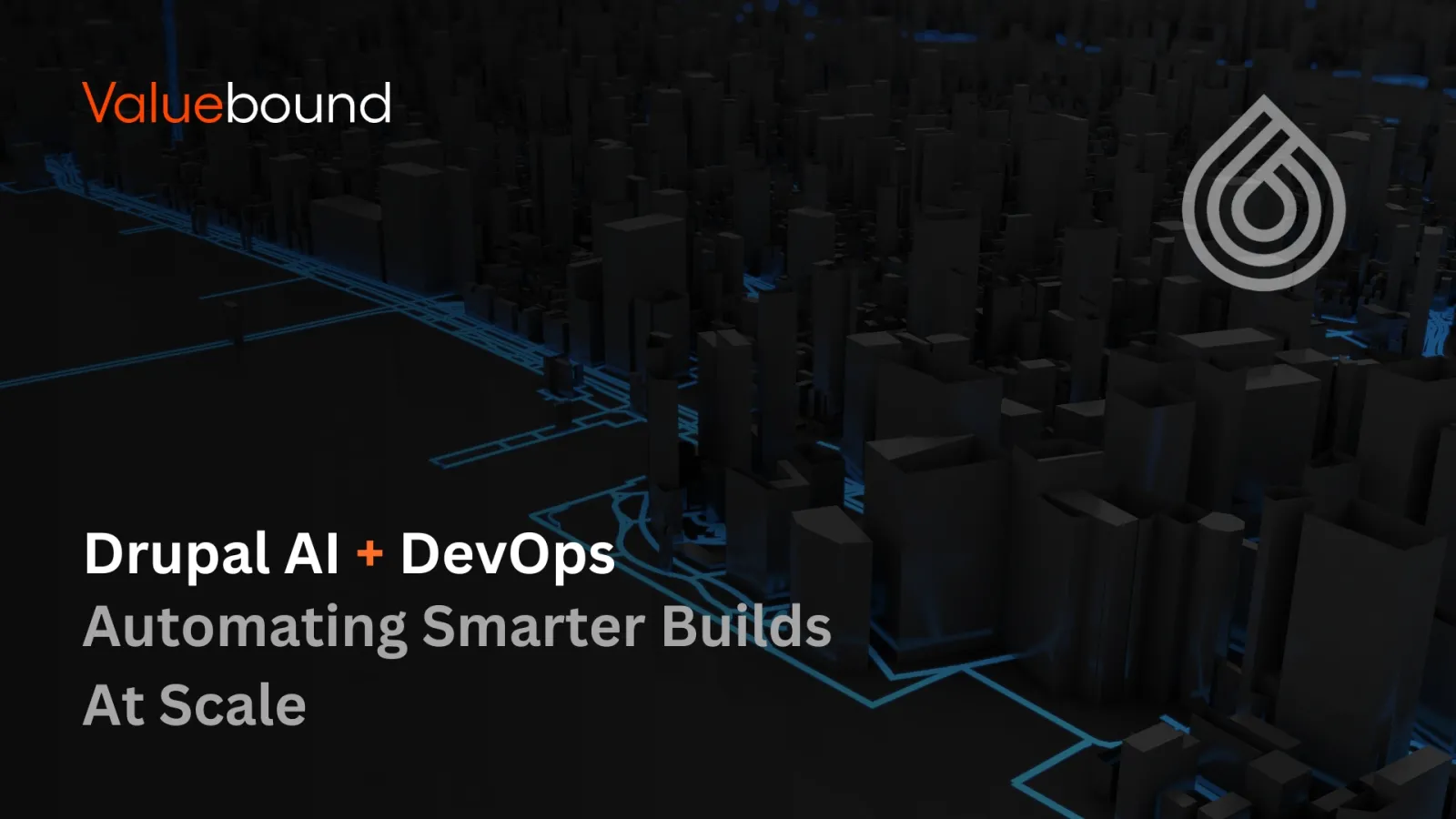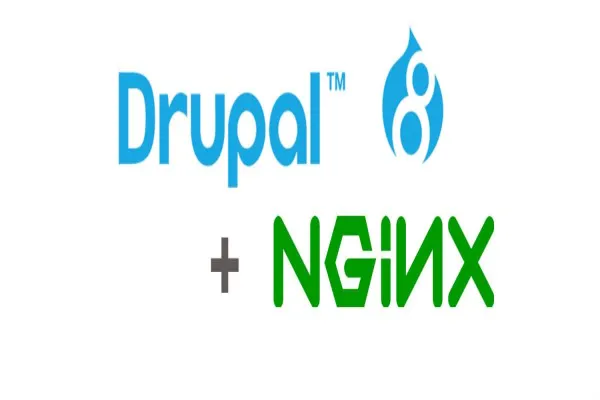Modern DevOps has evolved beyond mere automation. At scale, it now demands intelligence. It’s not about how fast a pipeline runs, but whether it understands the risk it carries, the features it delivers, and the infrastructure it depends on. That’s exactly where the intersection of AI in Drupal and DevOps begins to matter.
At DrupalCon Atlanta 2025, Dries Buytaert said it clearly: “We chose to evolve.” This was not just about building smarter content workflows. It was about rethinking the entire lifecycle—from source control to CI/CD to runtime infrastructure. That choice has reshaped what’s possible with Drupal AI, not just as a tool, but as a systemic capability.
For developers, architects, and CTOs, this convergence introduces an intelligent layer across the DevOps stack. It transforms passive pipelines into active collaborators, capable of predicting build failures, optimizing deployments, and flagging regressions before they break production.
Traditional CI/CD workflows follow deterministic paths. Commits trigger tests. Merges trigger builds. Builds trigger deployments. But these systems operate without reasoning. They do not learn from prior builds. They do not adapt based on context. They cannot decide whether a failing test is worth blocking a release. They simply execute.
With AI layered into the pipeline, that changes. Drupal AI analyzes commit diffs and correlates them with historical deployment logs. If a change to configuration files previously introduced a memory leak, that pattern is recognized and surfaced. If a recurring test failure aligns with a specific module update, the system predicts it before the next deployment.
This shift introduces a new model for build intelligence. Context matters. A single YAML change does not always need a full regression suite. AI models, trained on build history and module behavior, can suggest minimal validation scopes. This optimization leads to faster CI cycles and better resource efficiency.
Infrastructure as Code remains foundational, but in most teams, it is treated as static text. Changes are tested for syntax, not semantics. They pass plan checks but fail at runtime. With AI in Drupal, IaC commits are scanned for behavioral risks. A memory limit change to Redis might pass the linter but raise concerns based on past incidents logged by Prometheus or New Relic. Those associations are now surfaced within pull requests, well before they are deployed.
This approach introduces an audit model that’s proactive rather than reactive. It connects infrastructure history with runtime telemetry. Instead of waiting for alerts, teams receive pre-deployment warnings driven by model-informed predictions. The result is fewer outages, shorter incident windows, and more reliable rollouts.
Containerization has also seen disruption. Most Drupal Docker images remain static, updated infrequently and manually. Now, dynamic container builds are being guided by Drupal AI, which parses site recipes and dependency trees to suggest custom base images. If a module introduces a need for a specific PHP extension, the AI-assisted builder incorporates it directly into the Dockerfile. This reduces the mismatch between application needs and runtime environments.
The deployment strategy is also shifting. Many teams follow a calendar-based release cycle. But that often leads to over-deploying features, some of which are not ready, while others don’t justify a full deployment at all. Drupal AI now evaluates usage telemetry and content change logs to suggest what should go live, and what should wait. In larger systems with parallel development tracks, this results in more targeted, lower-risk rollouts.
Security auditing, long a strength of the Drupal ecosystem, is also undergoing transformation. The Drupal Security Team continues to lead in proactive disclosures and best practices. However, at enterprise scale, this isn't always fast enough. Drupal AI now runs model-assisted scans across dependency graphs and exposes modules with unmaintained test coverage, known CVEs, or suspicious runtime patterns. These insights are surfaced in staging environments before they become vulnerabilities.
Observability, once a retrospective discipline, is becoming predictive as well. Metrics tools like Prometheus or Grafana record anomalies, but without context. AI in Drupal bridges that gap. When a content submission rate drops post-deploy, the AI system cross-references it with field schema changes and identifies root causes. Instead of waiting for a ticket, developers are alerted to issues minutes after they emerge—with causality, not just correlation.
What emerges from this evolution is a DevOps architecture that is no longer just automated—it is aware. The system learns from the past, adapts in the present, and predicts issues before they surface. That feedback loop is what defines intelligent delivery. Not faster alone, but smarter.
This capability compounds. Every sprint generates new data. Every deployment strengthens the model. Every exception handled today prevents incidents tomorrow. Over time, this creates a compound effect of reliability, efficiency, and insight.
For CTOs, the strategic implication is clear. Development cycles will not only shorten. They will de-risk themselves. Infrastructure changes will require fewer rollbacks. Feature launches will see fewer post-deploy bugs. Developer time will shift from firefighting to innovating. This is not theoretical. It is already in production.
Architects now face a choice. Continue shipping through traditional, linear DevOps—or adopt Drupal AI as an augmentation layer across environments, pipelines, and releases. Those who do will see time-to-deploy drop and system resilience rise.
Developers will no longer wait for failures to diagnose issues. They will act on real-time recommendations, auto-generated test coverage, and risk-aware build logs. They will spend less time debugging and more time building features that matter.
AI in Drupal is not a module. It is not a feature toggle. It is a system shift. A platform-wide intelligence layer that plugs directly into the developer workflow and improves with every cycle.
This is the future of Drupal development. And like all meaningful change, it is not optional. The teams that adopt it will scale. The ones that don’t will slow.




